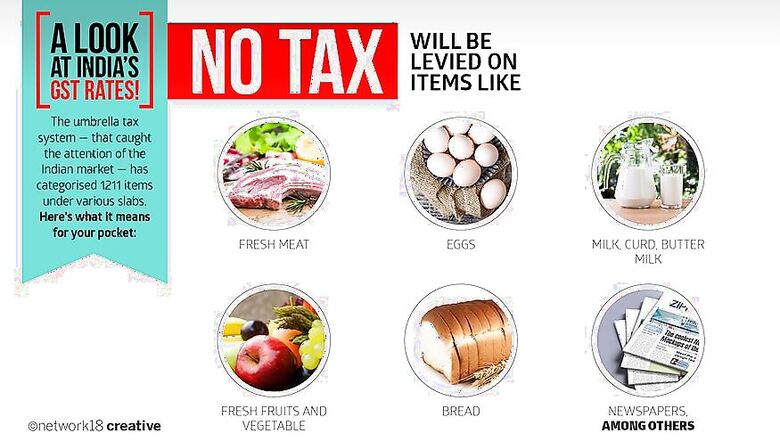
views
New Delhi: The Goods and Services Tax is being hustled as the game-changer for Indian Economy. While the Indirect Tax Officers are gearing up for the rollout of GST, here’s a list of its five aspects:
1. No Tax On Tax
The current tax system in India levies cascading taxes which are ultimately borne by the common man. GST aims at cleaning the multiple tax buckets and hence lower the burden from end-users. Being a destination based tax, GST would ease inter-state trade of goods and services.
2. Taxes GST Replaces
GST India will subsume the following taxes that are currently being levied by the Central and State governments:
i. Central Excise Duty
ii. Duties of Excise
iii. Additional Duties of Excise
iv. Additional Duties of Customs
v. Special Additional Duty of Customs
vi. State Value Added Tax (VAT)
vii. Central Sales Tax (CST)
viii. Luxury Tax
ix. Entry Tax
x. Entertainment Tax
xi. Advertisement taxes
xii. Purchase Tax
xiii. Taxes on lotteries and gambling
xiv. Central and State Surcharges and Cesses on goods and services
3. GST Slabs
The Goods and Services Tax will range from 0% to 28% depending on various product categories. The four-tier GST tax slabs of 5%, 12%, 18% and 28% will be set lowest for essential items and highest for luxury goods and services.
4. What GST Exempts
Petroleum products (read petrol and high speed diesel for the common man), electricity and liquor for human consumption are exempted from GST.
5. When India Implements GST
Initially, GST was to come into effect from the new financial year i.e. from April 1, 2017. However, that deadline was missed and GST will be implemented from July 1, 2017.




















Comments
0 comment